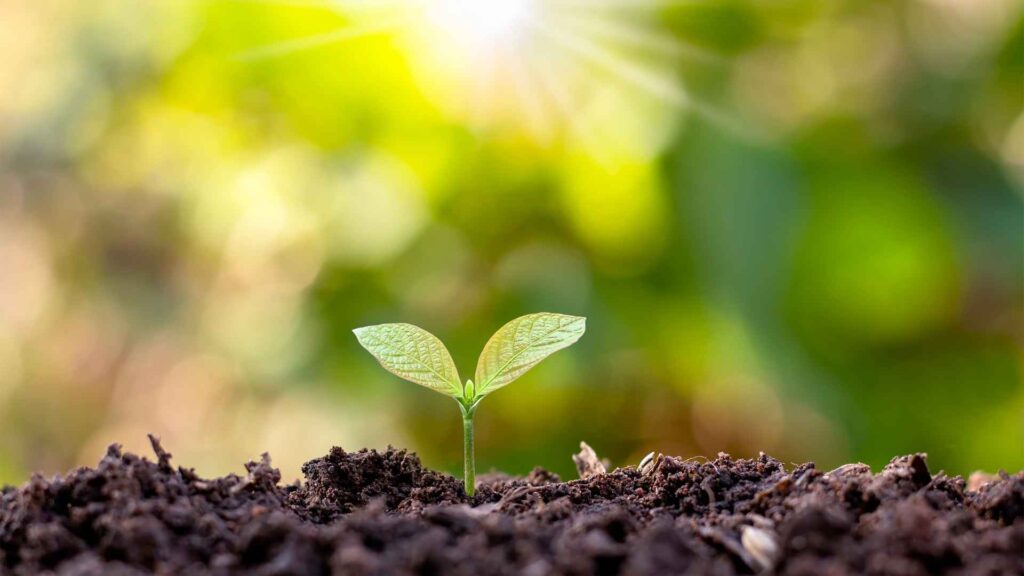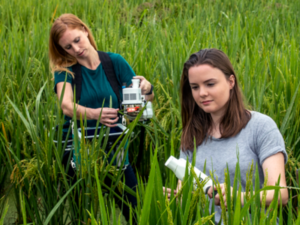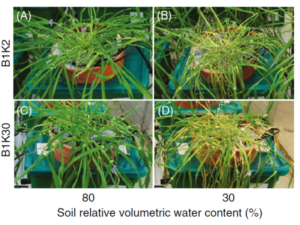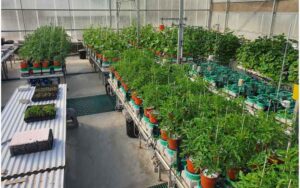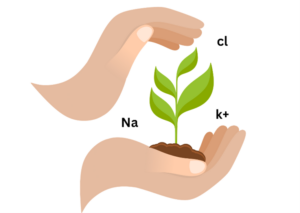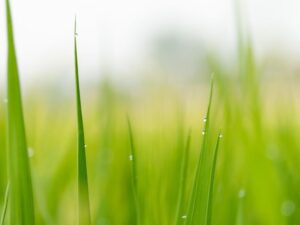Plant morphology is the study of the physical form and structure of plants. It encompasses the observation, description, and analysis of the external and internal features of plants, from their overall shape to the intricate details of their leaves, stems, flowers, and roots. Understanding plant morphology is crucial for a wide range of disciplines, including botany, ecology, agriculture, and plant breeding.
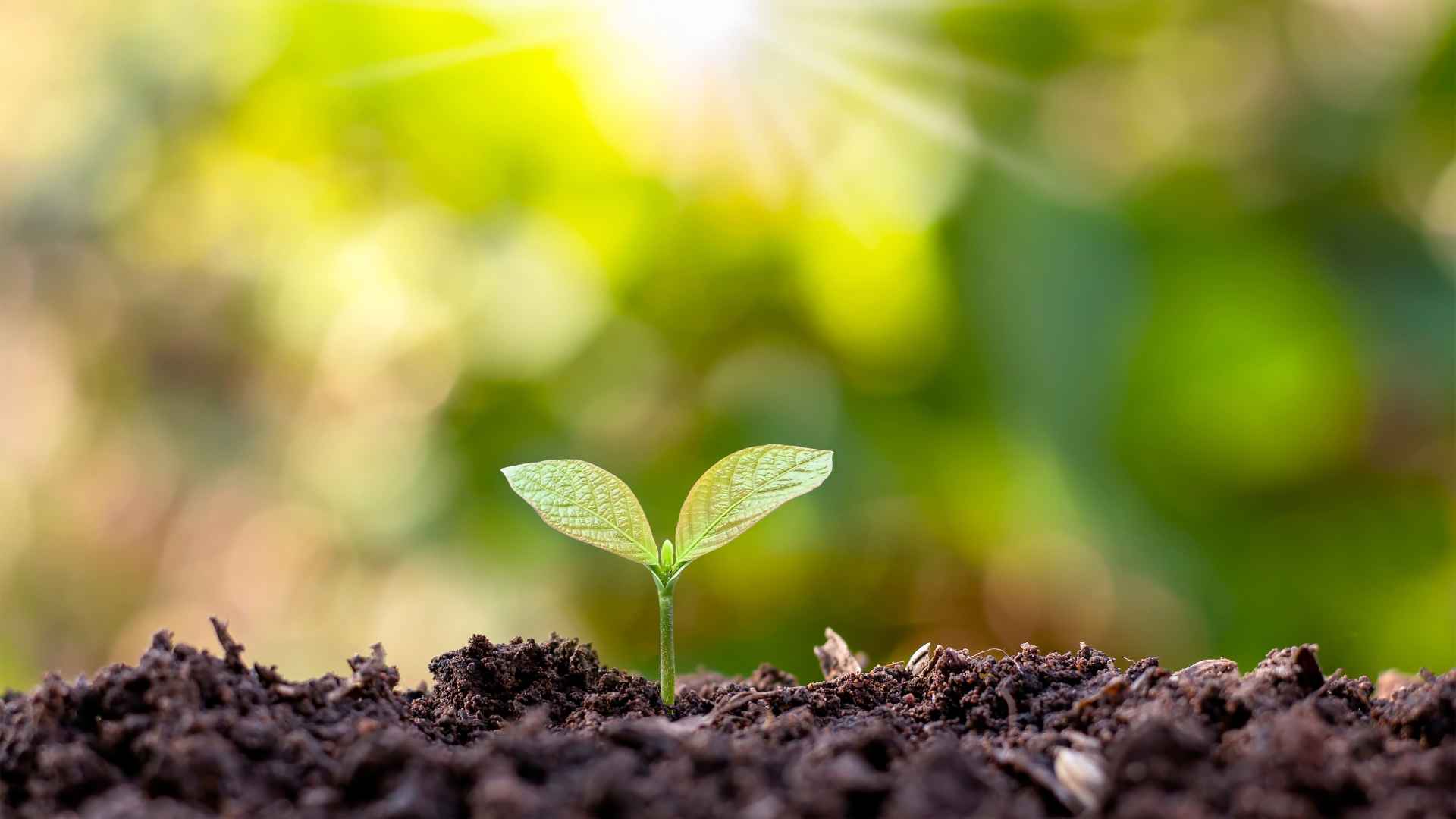
What are the Basics of Plant Morphology?
Plant morphology is divided into two main areas:
Vegetative Morphology: Focuses on non-reproductive parts of the plant, including roots, stems, and leaves.
Reproductive Morphology: Examines the structures involved in reproduction, such as flowers, fruits, and seeds.
Both areas are interconnected, as the vegetative structures support the reproductive processes that ensure a plant’s survival and proliferation.
Vegetative Structures
1. Roots
The root system is vital for anchoring the plant, absorbing water and nutrients, and storing food reserves. Root morphology varies widely across plant species, reflecting adaptations to different environments. For example:
- Taproots: Found in dicots, such as carrots, they consist of a primary root that grows deep into the soil.
- Fibrous Roots: Common in monocots like grasses, they form a dense network of roots that help prevent soil erosion.
- Adventitious Roots: These arise from non-root tissues, such as stems, and are common in plants like mangroves, which need stability in waterlogged environments.
- Tubers (potatoes) for storage and rhizomes (ginger) for propagation.
3. Leaves
Leaves are the primary sites of photosynthesis and gas exchange. Leaf morphology, including size, shape, margin, and venation, is highly diverse and reflects a plant’s adaptation to its environment. For instance:
- Broad Leaves: Maximize light capture in low-light environments, such as tropical rainforests.
- Narrow Leaves: Reduce water loss in arid conditions, as seen in cacti and conifers.
- Modified Leaves: Include tendrils for climbing, spines for defence, and succulent leaves for water storage.
Reproductive Structures
1. Flowers
Flowers are the reproductive organs of angiosperms, responsible for sexual reproduction. Morphologically, flowers exhibit incredible diversity, but they generally consist of four main parts:
Sepals: Protect the developing flower bud.
- Petals: Often colourful to attract pollinators.
- Stamens: The male reproductive structures, producing pollen.
- Carpels: The female reproductive structures, housing ovules.
The morphology of flowers often aligns with their mode of pollination. For example, wind-pollinated flowers like grasses are small and inconspicuous, while insect-pollinated flowers like orchids are vibrant and fragrant.
2. Fruits
Fruits develop from the fertilized ovary of a flower and protect the seeds. Their morphology varies widely, reflecting different dispersal mechanisms:
- Fleshy Fruits: Like berries and apples, attract animals for seed dispersal.
- Dry Fruits: Such as nuts and grains rely on mechanical or environmental forces for dispersal.
Does PlantArray test the morphology of the plant?
No, the PlantArray system is based on physiological measurements that, alongside scientifically proven methods, are much more reliable and effective.
In this part will explore how PlantArray serves as a cutting-edge system, offering unparalleled tools for studying growth dynamics and plant behaviour to different environmental conditions.
While traditional plant morphology relies on visual observation and static measurements, the PlantArray system introduces a dynamic dimension to the field. It captures the interactions between environmental stressors and plant behaviour by continuously monitoring critical growth parameters, such as:
- Transpiration rate: Reflecting water movement and the health of stomatal function.
- Biomass accumulation: A key indicator of plant growth and structural development.
- Water-use efficiency: A measure of how effectively plants convert water into biomass.
What are the benefits of the PlantArray for as a physiological system?
Real-Time Data for Morphological Studies
The PlantArray system offers a modern approach to plant analysis, moving beyond traditional morphological assessments. By emphasizing physiological measurements, PlantArray provides a deeper, more dynamic understanding of plant behaviour and responses to environmental stressors. Below is a detailed exploration of its benefits and how it stands out over morphological systems:
- Real-Time Monitoring of Plant Dynamics: Unlike morphological systems that rely on static, one-time measurements such as plant height, leaf count, or root length, PlantArray operates continuously. It provides real-time data on plant responses to varying environmental factors like light, temperature, and soil moisture. This continuous monitoring ensures that researchers can capture minute-to-minute changes in plant behaviour, allowing for a dynamic understanding of plant-environment interactions.
- Early Stress Detection: Morphological changes, such as wilting or leaf discoloration, often appear only after a plant has been under stress for a prolonged period. PlantArray’s focus on physiological traits, like transpiration rates and stomatal conductance, enables it to detect stress long before visible symptoms appear. For example:- Water stress can be identified by monitoring changes in transpiration or water-use efficiency.
– Nutrient stress can be detected through anomalies in biomass accumulation or nutrient uptake.
Early detection is invaluable for both research and agricultural applications, as it allows for timely
interventions that can prevent irreversible damage or yield loss.
- Comprehensive Trait Analysis: PlantArray measures an extensive range of critical physiological parameters, such as:
– Transpiration rate
– Water-use efficiency
– Biomass accumulation
– Stomatal conductance
– Photosynthetic efficiency
These traits provide a holistic view of plant performance under different conditions. As we mentioned, morphological systems focus on external, visual traits, which often fail to capture the complexities of a plant’s internal processes.
- High Throughput and Scalability: The PlantArray system is designed to accommodate large-scale experiments, making it highly suitable for modern research. It can monitor multiple plants simultaneously, enabling high-throughput phenotyping. This scalability is particularly beneficial for:
– Crop breeding programs, where large populations need to be analysed.
– Studies on stress tolerance, where different environmental conditions must be tested. - Field-Relevant Insights: One of the most significant advantages of the PlantArray system is its ability to generate data that correlate strongly with field performance and yield. By studying physiological traits that directly impact plant growth and productivity, researchers can make more accurate predictions about how plants will perform under real-world agricultural conditions.Morphological assessments often fail to translate to field conditions because they focus on static traits that do not fully account for environmental variability.
- Supports Precision Agriculture: The insights gained from PlantArray are not limited to research. They have practical applications in precision agriculture, where data-driven decisions can improve crop management. For instance:
– Farmers can optimize irrigation schedules based on transpiration data.
– Nutrient application can be fine-tuned using insights into nutrient use efficiency.
In summary, by providing a deeper, more accurate understanding of plant behavior, PlantArray is not just a tool for researchers—it is a novel platform that is transforming how we study, manage, and optimize researches.

